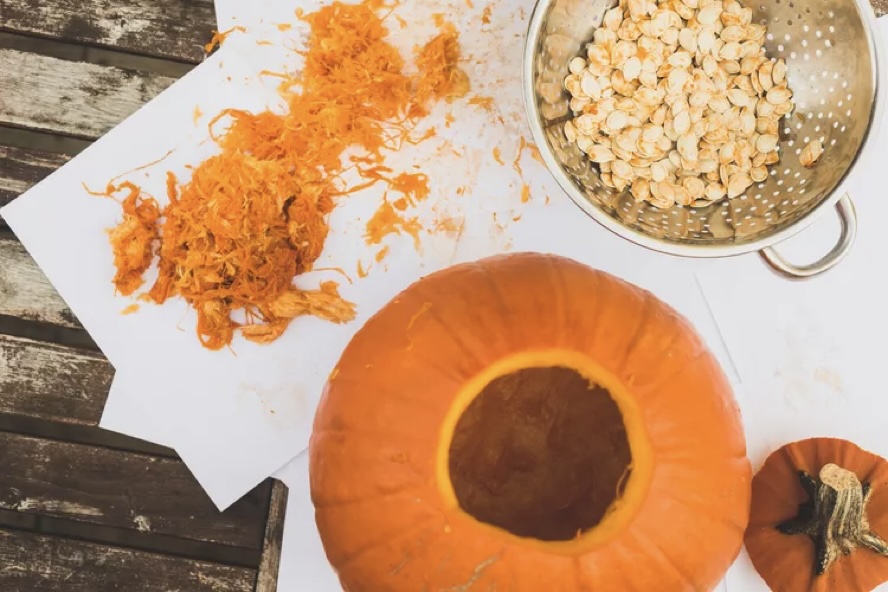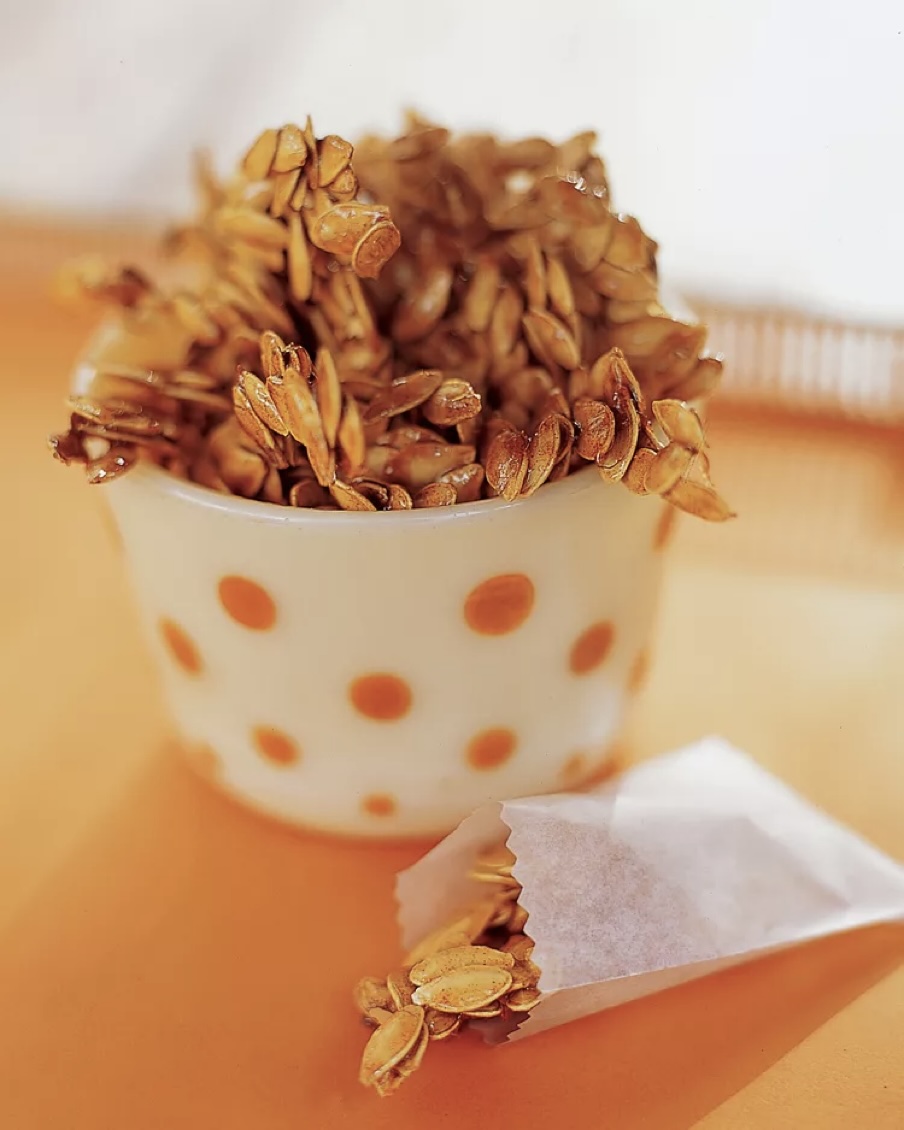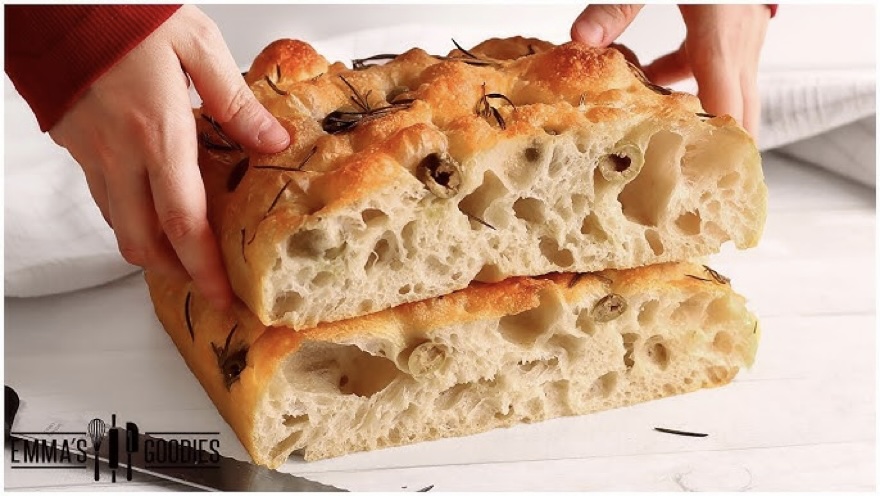Pumpkin Seeds 101
For some reason Martha Stewart wondered if there was a right or wrong way to eat pumpkin seeds (does she have too much time on her hands, or what?). So she asked oodles of chefs, nationwide, this question, along with their suggestions for what to do with this seed. Actually, though, it’s a good question, considering pumpkin season is approaching.

These olive green, flat, and oval-shaped seeds are covered in an edible yellow-white shell, or husk. They have a nutty flavor (with or without the shell) and when eaten raw, they are chewy with a slight crunch. Roasting intensifies the nutty taste and crunchy texture.
They have impressive nutritional content. They're high in unsaturated ("good") fatty acids, protein, fiber, and essential minerals, including calcium, magnesium, and iron. And they’re loaded with antioxidants, as well.

You can eat them whole (with the shell or husk on), or de-shelled. While the shells of pumpkin seeds are edible, they're fibrous and tough, making them tough to eat. But roasting them whole results in a crispy or brittle shell, making them much more palatable.
While they’re tasty, whether whole or shelled, the most popular option is the de-shelled raw seed. And they’re tasty whether raw or toasted. The shelled version (aka pepitas) have become a common ingredient in trail mix and granolas because of their health value and flavor.

Trail mix and granolas aren’t the only ways to use these seeds, however. Shelled pumpkin seeds are commonly showing up in breads (focaccia being a favorite), cookies, baked oatmeal, or quick breads like banana bread. When chopped, they’re good atop yogurt. And they’ve become a hit when used in candy brittle (as a perfect substitute for the peanuts—which those allergic to peanuts really appreciate).
Some chefs are now swapping out croutons for pepitas when serving pasta, salads, or soups. You could even crush the seeds in a spice grinder or food processor, then mix with nutritional yeast, salt, and garlic powder for a dairy-free “Parmesan cheese” topping.

They’re also delicious when added to dips or spreads. For instance, shelled pumpkin seeds are a tasty replacement for pine nuts in homemade pesto. You can also toss them into your next batch of hummus, where they'll add nuttiness and creaminess. As a garnish, pepitas work well on top of hummus, guacamole, and bean dips.
Make pumpkin seed butter: For a nut-free alternative to peanut butter, turn roasted pepitas into butter. Add them to a food processor with oil and salt, then blend until smooth and creamy.
Finally, you want to store them in an airtight container. Raw whole pumpkin seeds keep best in an airtight container in a cool, dry place like the cupboard. Here, they'll last for up to six months. Roasted whole seeds can be stored the same way, though their shelf-life is shorter, about one to two weeks. You can also keep them in the refrigerator, where they'll keep for up to two months.

When raw, pepitas should be stored in the refrigerator, where they'll last for up to one year. After roasting, shelled pumpkin seeds will last one or two weeks at room temperature or up to one month in the refrigerator. If your seeds taste bitter or are discolored, it’s time to toss them. Never keep or eat a mushy seed—crisp is always the standard.
 Alice Osborne
Alice Osborne
Weekly Newsletter Contributor since 2006
Email the author! alice@dvo.com
